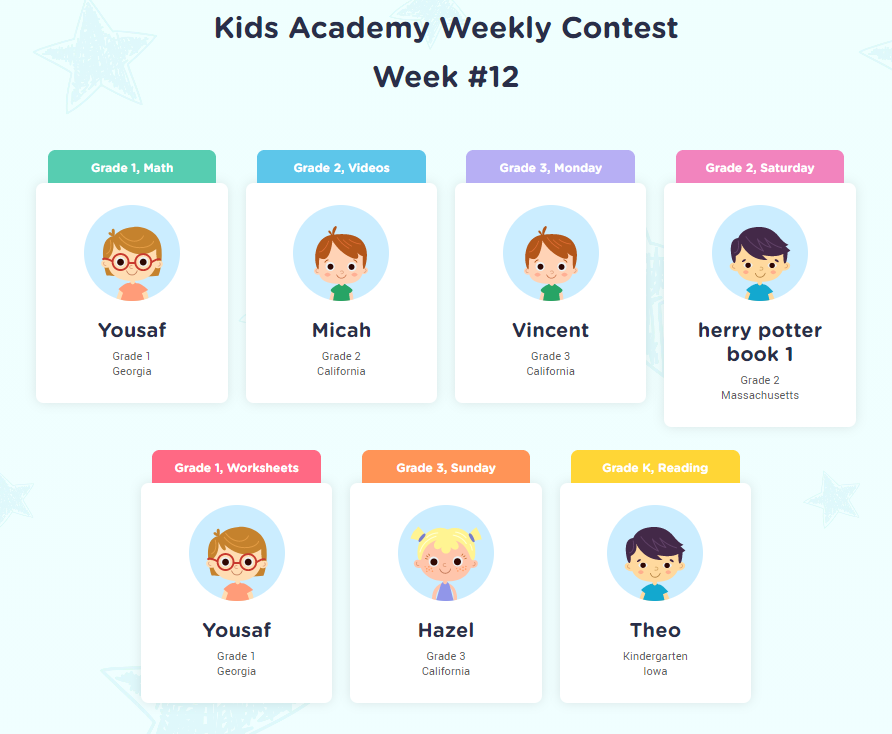Understanding squares Worksheets for Kids
1 filtered results
-
From - To


Square Names Quiz Worksheet
Question/Answer
How does the mastery of the Understanding squares skill affect a student's performance at an early age?
Mastery of the Understanding squares skill at an early age significantly boosts a student's mathematical comprehension and performance. It lays a solid foundation for advanced mathematical concepts, enhances problem-solving abilities, and fosters a positive attitude towards learning math.
Why is the Understanding squares skill important for Grade 1 students?
The Understanding squares skill is crucial for Grade 1 students as it lays the foundation for geometric knowledge, spatial awareness, and critical thinking. It introduces them to basic shapes, helping develop recognition skills, and is a stepping stone to more complex mathematical concepts, including area, patterns, and symmetry, fostering early problem-solving abilities and mathematical reasoning.
What does the Understanding squares skill mean when it comes to Grade 1 Chess learning?
The "Understanding squares" skill in Grade 1 Chess learning involves recognizing and appreciating the importance of each square on the chessboard. It teaches students how control over certain squares can influence the game, helping them begin to strategize and plan their moves by understanding how each piece can be effectively positioned and maneuvered based on the characteristics of different squares.
 Assign to the classroom
Assign to the classroom
.jpg)











